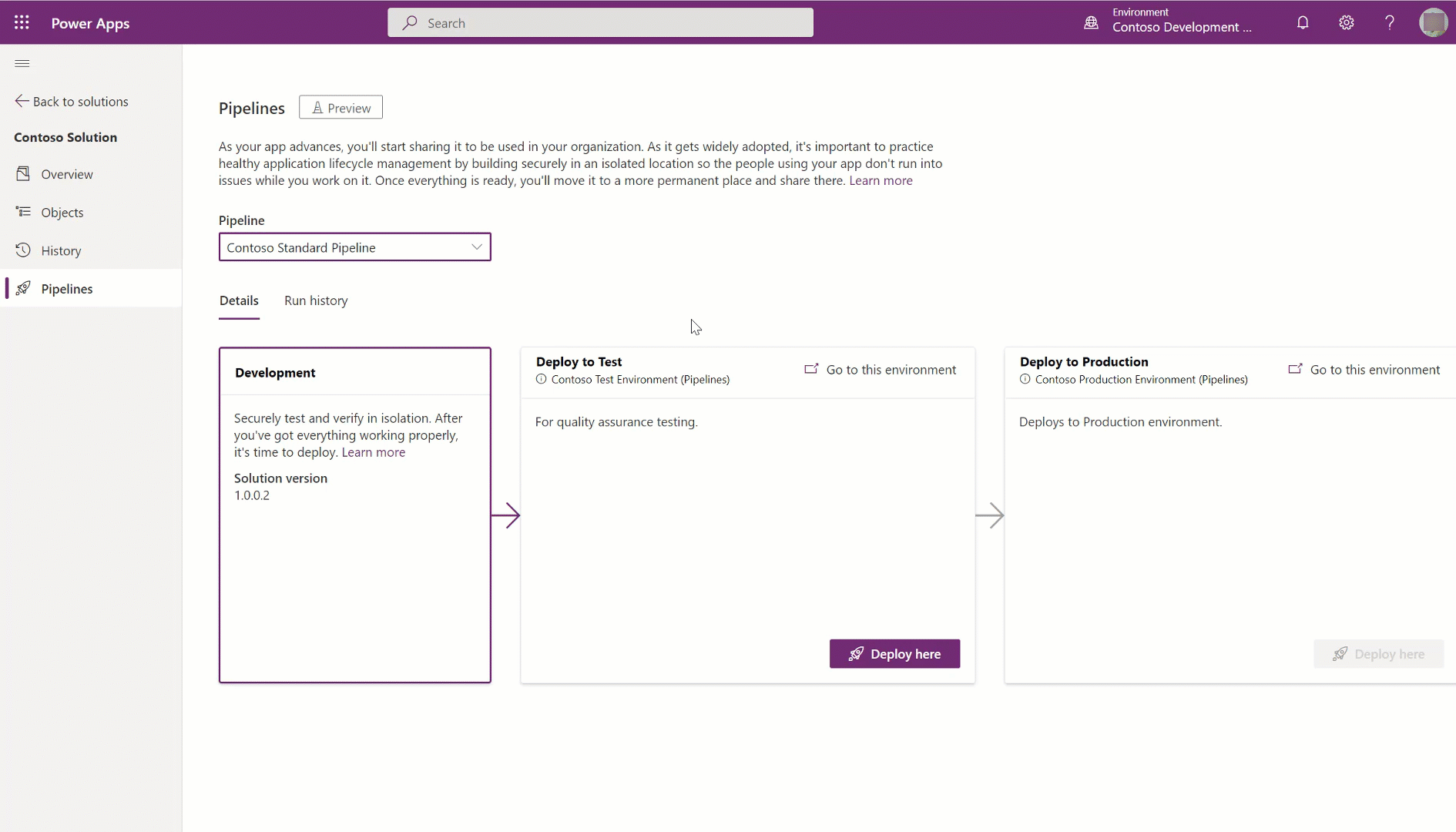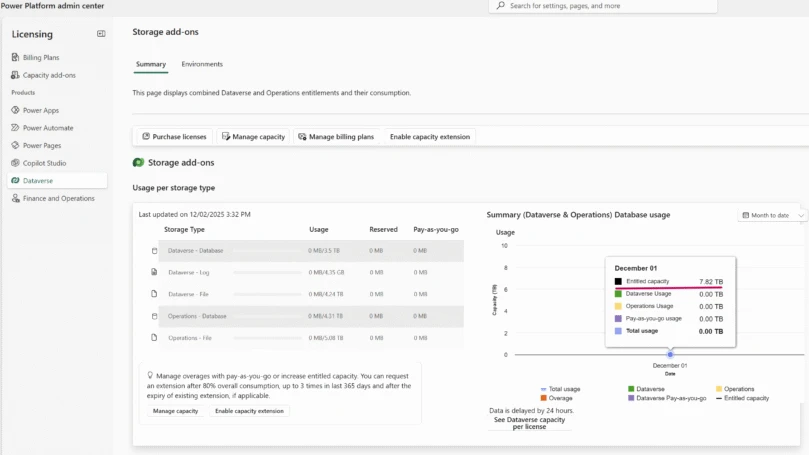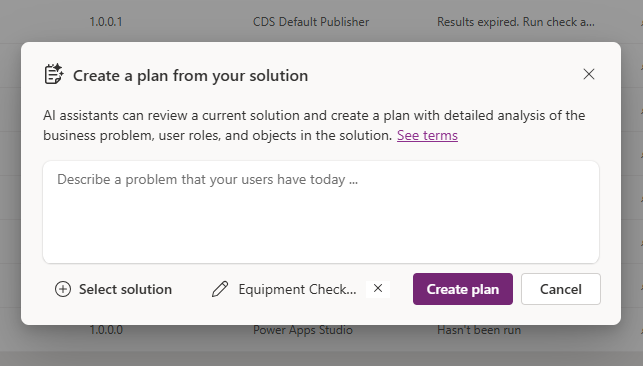Pipelines aims to democratize application lifecycle management (ALM) for Power Platform and Dynamics 365 customers by bringing deployment automation capabilities into Managed Environments in a manner that’s more approachable for all makers, admins, and developers. See pipelines and Managed Environments in action with this new Microsoft Mechanics video and go deeper with this new video from Power CAT Live.

When makers export and import solutions from development environments to production environments manually, IT loses visibility and control over apps. Some customers use pro-dev and IT-centric tools, like Microsoft Azure DevOps and GitHub Actions to implement an automated ALM process in their organization. While powerful, these tools are not citizen-developer friendly and often rely on a DevOps team to drive implementation and oversee the process. Pipelines aims to bridge this gap in a manner that’s much simpler, faster, and cost-effective to setup and maintain.
Pipelines can be setup and run entirely within Power Platform – with governance, visibility, and safeguards automatically built in so that your business solutions can come to market faster with less effort and higher quality. The system handles all the heavy lifting and ongoing maintenance so you don’t have to.
- Admins easily configure automated deployment pipelines in minutes rather than days or weeks. Then manage access and view all deployment activity across your organization within the same location. Start simple (yet healthy) with the option to later extend pipelines as your business needs and product capabilities evolve.
- Makers have an intuitive user experience for deploying their solutions in just a few clicks – directly within the environment they’re already working in. Before initiating the deployment, connections are automatically setup or mapped in the target environment and new environment variable values can be provided. This ensures everything is properly connected when deployed.
- Professional developers can (optionally) retrieve pipeline information as well as run pipelines using their preferred tools such as the Power Platform command line interface (CLI). Underlying tasks required previously to accomplish the same outcome are now handled by pipelines. Developers just need to tell the system what they want to accomplish instead of needing to manage how it’s accomplished.
Getting started
It’s never been easier to setup automated deployment pipelines across your Power Platform environments. Simply create the environments you’ll use for ALM, install the Power Platform pipelines application in one environment (which will host all pipeline configuration and run data spanning multiple other environments your pipelines interact with). Next, create one or more pipelines and link the development and target environments. That’s it! Now you can run them directly within any development environment(s) associated with the pipeline.
You can then see reports for all deployment activity across your organization, access error and audit logs, retrieve backups of all solution files, and much more.
Note that pipelines is in preview and may not be available in your region yet. Pipelines is a feature of Managed Environments and you will need access to one or more Managed Environments to use these capabilities (although this requirement won’t be enforced until Pipelines is generally available).
Feedback and what’s next?
This is the beginning of a new journey for Power Platform ALM. We don’t expect it to address every use case for every customer immediately. We’ll add improvements with each iteration and your feedback is incredibly valuable in helping prioritize what’s most critical to tackle next! Please leave your feedback below and in the Power Apps community.
We’re really excited about many other capabilities already in the works. Soon you’ll be able to better custom tailor pipelines to the needs of your organization with more streamlined interfaces, deployments with approvals, ability to add your own custom logic and extensions, and ensuring pipelines within Power Platform is a welcomed addition to ALM processes being orchestrated using other software systems and tools. Note that pipelines do not intend to compete with powerful DevOps systems such as Azure DevOps and GitHub. Rather, pipelines intends to serve as the baseline for Power Platform ALM – with Power Platform handling its’ own sophistication internally so that you don’t need to externally. And with DevOps and COE tools being the mechanics to extend in-product ALM capabilities to accommodate your more advanced workloads.
Thank you for reading. On a personal note, I want to thank the many teams and leaders that came together to deliver these capabilities. What may appear simple on the outside, has a great deal of sophistication on the inside. I’m grateful having the opportunity to work with such a talented team and passionate group of customers and partners. We’re not done and look forward to your feedback as well as what comes next. From us to you, have a wonderful holiday season!
Learn more about pipelines
- Microsoft Mechanics. Video on Managed environments and pipelines with host Jeremy Chapman and Power Apps GPM Evan Lew
- Power CAT Live. Video on pipelines with host Phil Topness, and PM’s Casey Burke and Kartik Kanakasabesan
- Pipelines overview Microsoft docs
- Set up pipelines. Microsoft docs
- Run a pipeline. Microsoft docs



